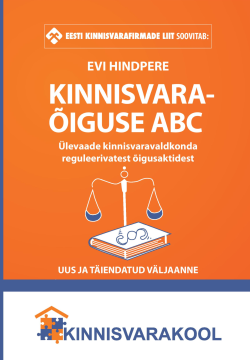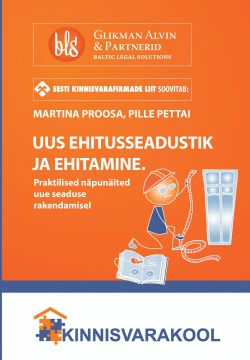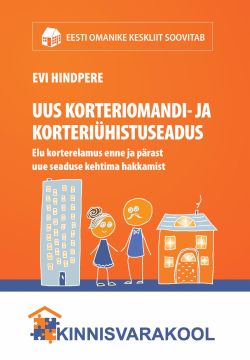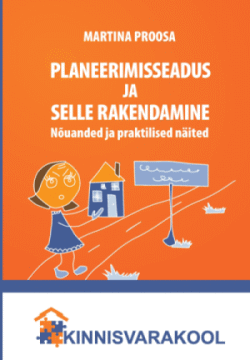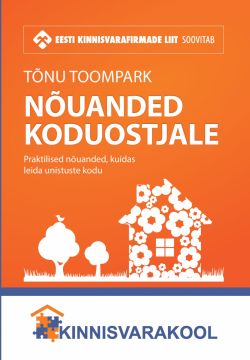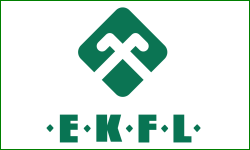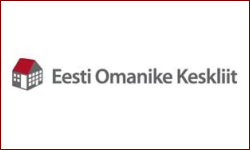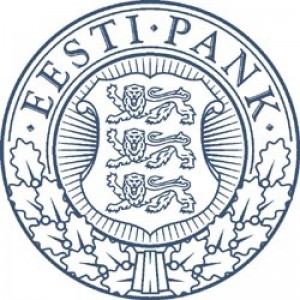 Data from Statistics Estonia show that the consumer price index was 0.1% lower in June than a year earlier and 0.2% lower than a month earlier. Preliminary estimates show that harmonised consumer price index inflation in the euro area slowed from 0.3% to 0.2%.
Data from Statistics Estonia show that the consumer price index was 0.1% lower in June than a year earlier and 0.2% lower than a month earlier. Preliminary estimates show that harmonised consumer price index inflation in the euro area slowed from 0.3% to 0.2%.
The main reason for the drop in prices was again a decline in import prices. Both energy and food prices in June continued their slide, which has by now lasted more than a year. The fall in energy prices was amplified by electricity prices being 6.3% lower than a year earlier and heat prices 4.1% lower. Although the crude oil price rose on global markets relatively rapidly in the first half of the year, with support from a weakening of the euro, the rise in prices levelled off in June.
Core inflation, which excludes the prices of energy and food as they are affected by external factors, sped up to 0.9% in June from the 0.5% of January. Prices for services were 2.4% higher in June than a year earlier, and if the effect of free higher education is excluded, prices for services were up 3.5%. The main driver of the gradual rise in domestic inflation has been wage rises. Some of the rise in services prices can be attributed to seasonal factors, as it was tourism and leisure services that saw prices rise most in June. Seasonal factors mean that services inflation will be lower than usual in the second half of the year.
Eesti Pank forecasts that consumer prices will rise faster in the second half of the year, but the rise will still be modest. Consumer price inflation is forecast to remain around zero on average this year. Indirect indicators suggest that economic growth was moderate in the second quarter, keeping inflation lower, and the latest data indicate that wage rises have slowed somewhat. Additional risks could emerge from the Greek debt crisis and from a possible deceleration of economic growth in Asia.





